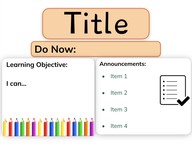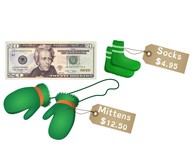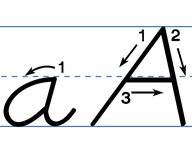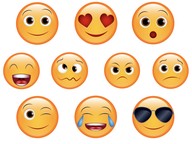
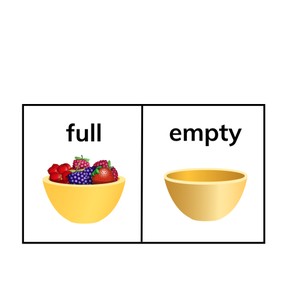
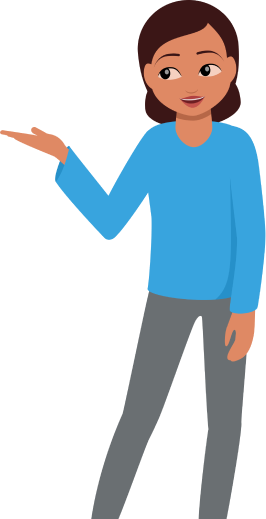
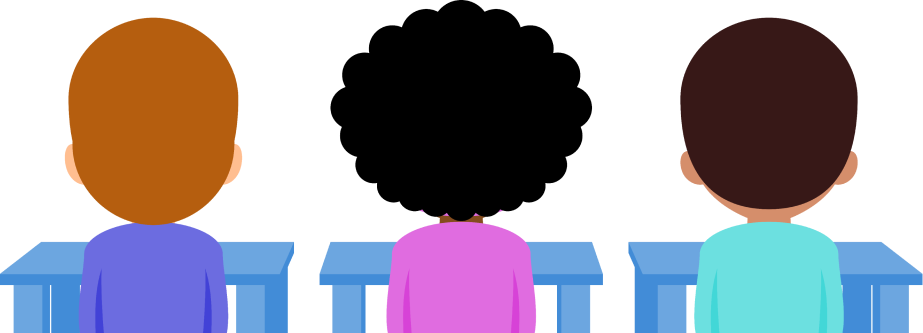
8,000 schools use Gynzy
92,000 teachers use Gynzy
1,600,000 students use Gynzy
General
In this lesson, students will be introduced to antonyms. They will be shown common examples of opposite verbs and adjectives. Then students will practice identifying opposites through various activities.
Standards
CCSS.ELA-Literacy.L.K.5b
Learning objective
Students will be able to identify opposites.
Introduction
Students will look at a picture of a mouse and an elephant. They will discuss with a partner how the animals are different. They can be considered opposites in a couple of ways, such as the mouse is small and the elephant is big. Naming opposites can help students better things by what they are and what they are not.
Instruction
Explain that antonyms are words that are completely different and can include verbs and adjectives. They will look at a few examples of opposite verbs, including "standing" and "sitting," and opposite adjectives, including "cold" and "hot."
Students will go on a journey with two characters who are out for a walk. Students will tap or click on the stoplight to make it green. After that, the characters will stop, and students will make sure the stoplight reflects that. In the next activity, students will be given paired opposite words and the text-to-speech of the word next to or under it. They will drag and match the pictures to the matching word so that the pictures will be paired to their opposites. Students will be shown an image and will then write the opposite on post-it notes (provided in the lesson). Students will match opposites (left column with adjectives or verbs and right column to opposites list of adjectives or verbs).
Quiz
Students will review antonyms by thinking of opposites for different words and determining if a pair of words are antonyms.
Closing
Have students recall the definition of antonym and the reason it is important to be able to identify antonyms. Lastly, students will look at an illustration and draw the opposite.
The online teaching platform for interactive whiteboards and displays in schools
Save time building lessons
Manage the classroom more efficiently
Increase student engagement
Discover more!
About Gynzy
Gynzy is an online teaching platform for interactive whiteboards and displays in schools.
With a focus on elementary education, Gynzy’s Whiteboard, digital tools, and activities make it easy for teachers to save time building lessons, increase student engagement, and make classroom management more efficient.
